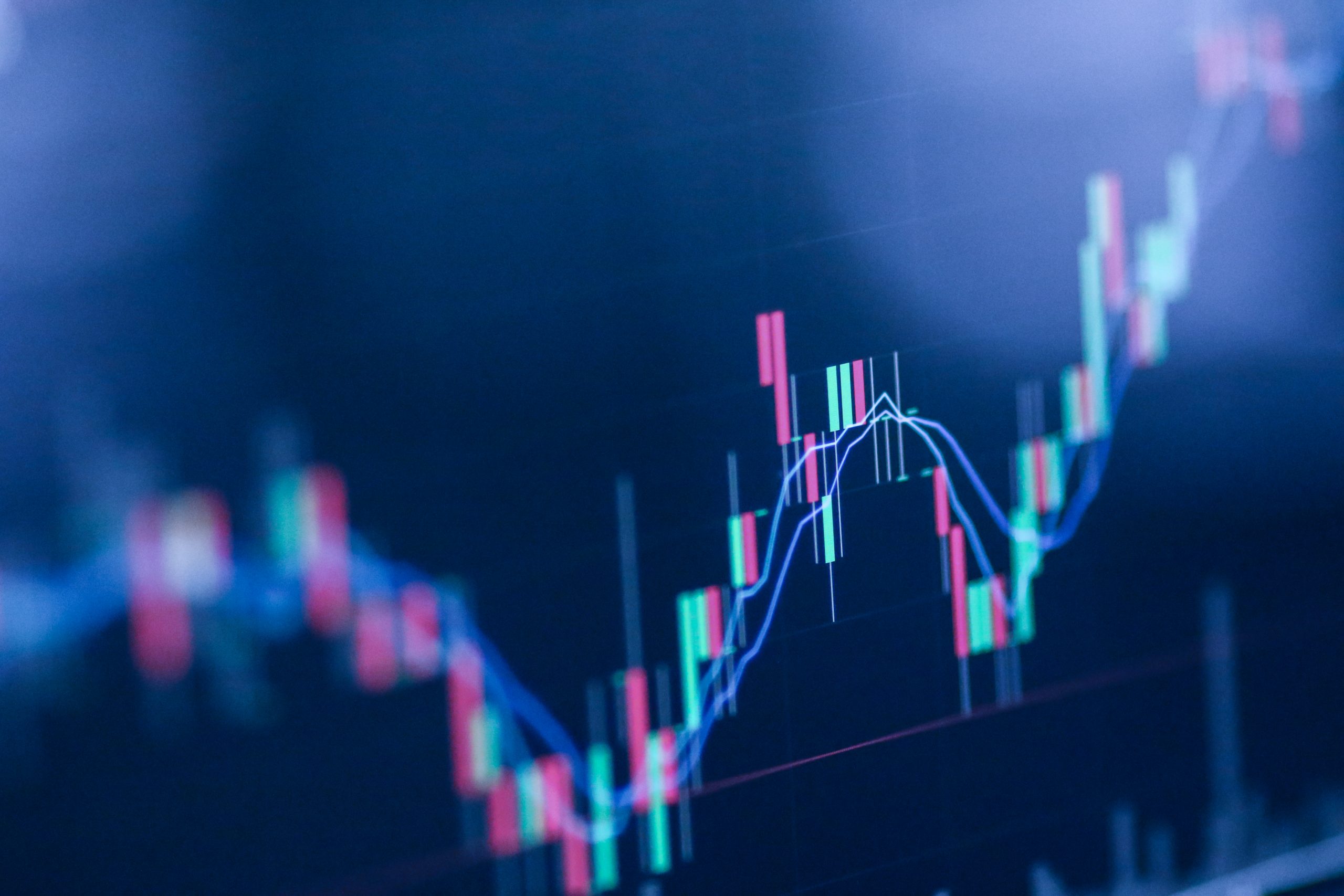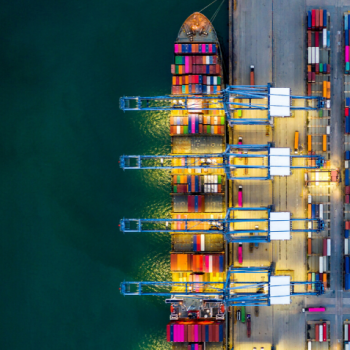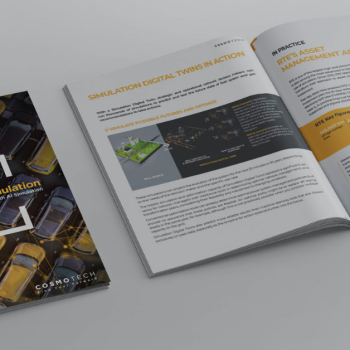Today’s COVID-19 pandemic has significantly affected economic activity around the world, leading to a drop in global trade of 13% to 32% for 2020 reports the World Trade Organization.
Disruption differs, with some businesses temporarily immobilized, while others continue to operate in crisis-mode. “We are in a systemic crisis that has generated deep supply disturbances, demand uncertainty and financial constraints. In automotive manufacturing, all functions have been impacted, including R&D,” says Serge Yoccoz, Chief Executive Officer of DigitforHuman.
Meanwhile, global cable manufacturer Nexans put measures in place to protect employees, monitor operations and manage costs. “We succeeded in having 85% of units running at 50% to 90% load in full synchronization with customer demand,” highlights Jérôme Fournier, Corporate Vice President, Director of Innovation at Nexans.
Challenges vary but recovery involves a common consensus: immediate, proactive steps are needed now to bounce back successfully.
What are those next steps?










